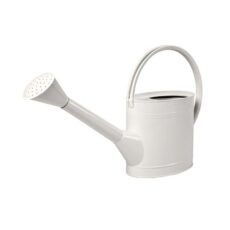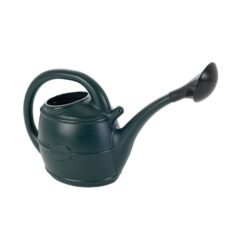Table of Contents
A hosepipe ban, officially known as a temporary use ban is imposed by UK water companies when supplies get low. This is typical after prolonged hot, dry weather. In practice, it means you cannot use a hosepipe, or sprinklers, to water your garden, wash your car, fill pools or ponds, and so on.
The restrictions for a hosepipe ban are set out in law and are applied by water companies under their drought plans. However, you can still water plants in other ways: for example a watering can or bucket is perfectly legal. Breaking a hosepipe ban can carry a fine, up to £1,000, so it’s very important to follow the rules. Fret not however, for whilst hosepipe bans restrict common uses of a hose, there a plenty of other ways to water your garden legally.
How To Know If a Hosepipe Ban Is in Effect
You can check with your local water company if there is a hosepipe ban in force in your local area. This is done through looking up announcements from your water company on your utility bill. If you’re unsure who your water company is, you can find out here:
https://www.water.org.uk/customers/find-your-supplier
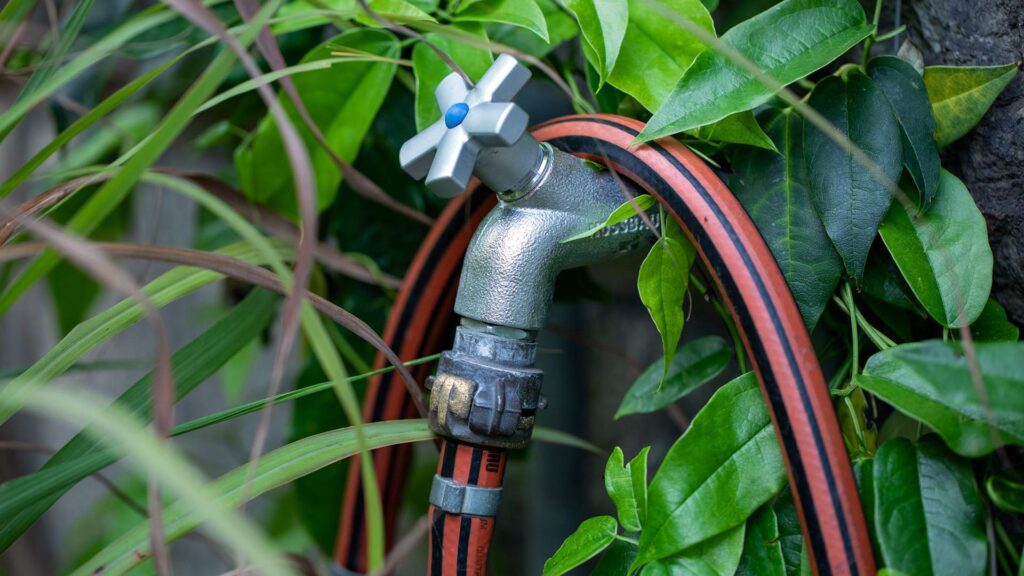
How To Water Your Plants & Garden During A Hosepipe Ban Legally
During a hosepipe ban you need alternatives to hosepipe watering. The good news is there are several legal and eco-friendly ways to keep things growing:
- Hand-watering with cans or buckets: You can still use a watering can (or bucket) filled from the tap. In fact, “using a watering can or bucket filled from a mains water tap is permitted” during a ban. In other words, just don’t attach a hose – but filling a can to water by hand is fine. It’s a lowtech but effective solution, giving you control over where water goes. Hillier stocks a range of watering cans for efficient hand-watering.
- Harvest rainwater with water butts: Collecting rain is both legal and highly recommended to all gardeners. Installing a water butt or rain barrel under your downpipe means you can capture free and soft rainwater. According to WaterUK, the average roof can collect around 85,000 litres of rain per year, that’s enough to fill a standard water butt hundreds of times. You can then use that collected and stored water on your plants – you’re even allowed to connect a hose from a water butt since the water isn’t from the mains! See our selection of water butts and accessories to get started.
- Reuse greywater: “Grey” household water, from washing up, baths, or laundry, can be reused outdoors. For example, after rinsing vegetables or washing dishes you might use the left-over water for your ornamentals or garden bed. Be sure to not use water that has chemicals in it, like bleach, or strong detergents. This works out to be a simple way to stretch your water supply and maintain a lush garden.
- Check permitted irrigation: Some limited hose use is still allowed. For instance, many water companies permit watering recently planted trees and shrubs, or vegetable plots, even during a ban. Also, automated drip or trickle-irrigation systems can run if they meet certain conditions: the system must be fitted with a pressure-reducing valve and timer and not be handheld. Our expansive range of irrigation equipment has drip kits and timers designed for low-water gardening.
In all cases, the key is to soak the plants at the base to conserve moisture. If you’re in doubt, check your local water company’s ban rules, but remember watering by hand or with stored rainwater is perfectly legal.
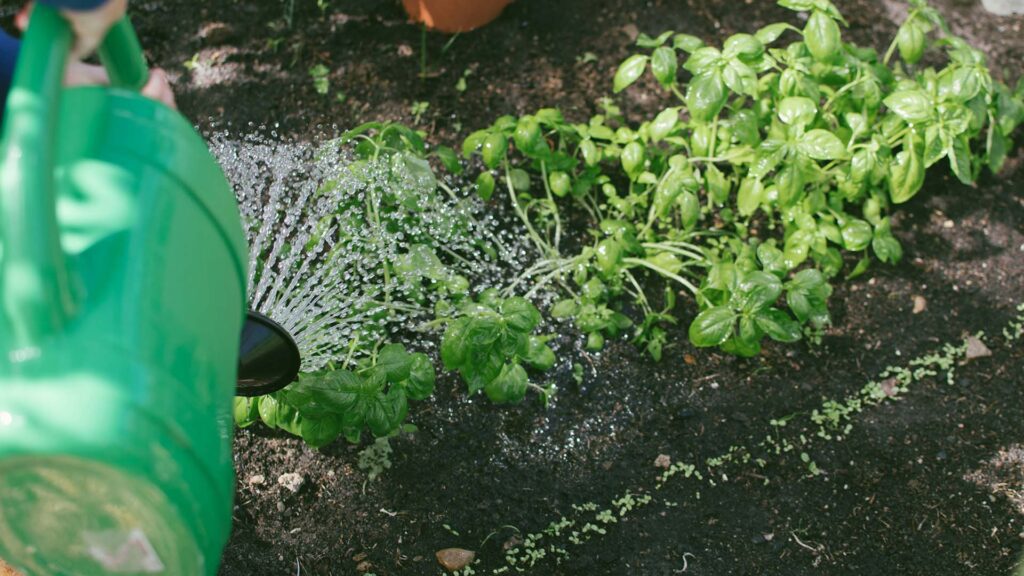
Drought-resistant Gardening Tips
A hosepipe ban often comes during a drought, so it is vital to use smart watering strategies. Here are some gardening tips you can use to help with watering:
- Water at the right time: Aim for early morning or late evening. Watering during cooler hours reduces evaporation and allows plants to more effectively absorb the moisture.
- Water deeply, not frequently: Give plants a good soak so roots grow deep. Try to direct water to the root zone, avoiding wetting the leaves. Mulch around plants or add compost to the soil; organic mulch acts like a sponge, retaining moisture where it’s needed. This means that your plants get sustained moisture and can fend off dry spells better.
- Prioritise thirsty plants: Save the water you do have, for that plants are the ones that need it the most. Seedlings, container-grown plants, newly planted shrubs, or vegetable crops typically suffer first in drought. By giving them regular drinks you can ensure they sustain through the hot weather whilst mature perennials and hardy plants can often survive longer without the extra watering.
- Add biochar to your beds: Biochar is a carbon-rich soil amendment made by heating organic material in low-oxygen conditions. Its porous structure helps retain water and nutrients, making it especially useful during dry spells. When mixed into garden soil, biochar improves moisture retention, aeration, and supports beneficial microbes, all of which boost plant resilience.
- Let the lawn rest: Don’t worry if your lawn goes brown as grass is very resilient and will spring back after some rain. It’s better, and more effective, to save your water for more vulnerable plants. To help your grass you can raise your mower blades to avoid stressing the grass.
- Choose drought-friendly plants: In the long term you can reduce future watering needs by planting drought-tolerant species. Mediterranean herbs, like rosemary and lavender, succulents, ornamental grasses and many shrubs can thrive on less water. Our article about the best climate resilient garden plants for the UK is full of ideas for low-water and climate ready gardens.
- Weed regularly: Weeds are more than a visual problem; they can drain precious moisture and nutrients away from other plants. Pull or hoe them out so your garden plants get the maximum benefit from the water you provide.
Water-saving Products and Tools
Make your life easier during a ban, and beyond, by considering these water-saving products available in-centre or online.
- Watering cans: A good watering can with a narrow spout lets you water slowly and exactly where needed. Our selection of watering cans include models with long spouts or roses to avoid waste.
- Water butts and accessories: Aside from collecting rain, modern water-butts come with diverter kits and stands for easy use. Our selection of water butts and accessories has solutions for every garden, from slimline butts for small spaces to large barrels with tap outlets.
- Drip irrigation kits:Efficient drip and soaker systems, often called micro-irrigation, deliver water right to plant roots, cutting run-off. Our irrigation section has everything you need to create an efficient watering system. From drip kits for precise plant hydration to pipes and timers that keep your garden on schedule, we’ve got the tools to help you set up and maintain a smart, water-saving solution.
- Timers and moisture meters: An automatic watering timer can ensure you never water outside the best times. Soil moisture meters or probes help you check if the soil is truly dry before watering. Using these tools means that there is no wasted water on overly frequent watering, promoting conservation and keeping your plants healthy.
Even during a hosepipe ban, your garden doesn’t have to suffer. By watering wisely, using collected or recycled water, and investing in the right equipment, you can maintain healthy plants, grow beautifully, all while staying within the rules. Thoughtful watering isn’t just about compliance in the short term; it’s about protecting your garden and the environment for the long term.
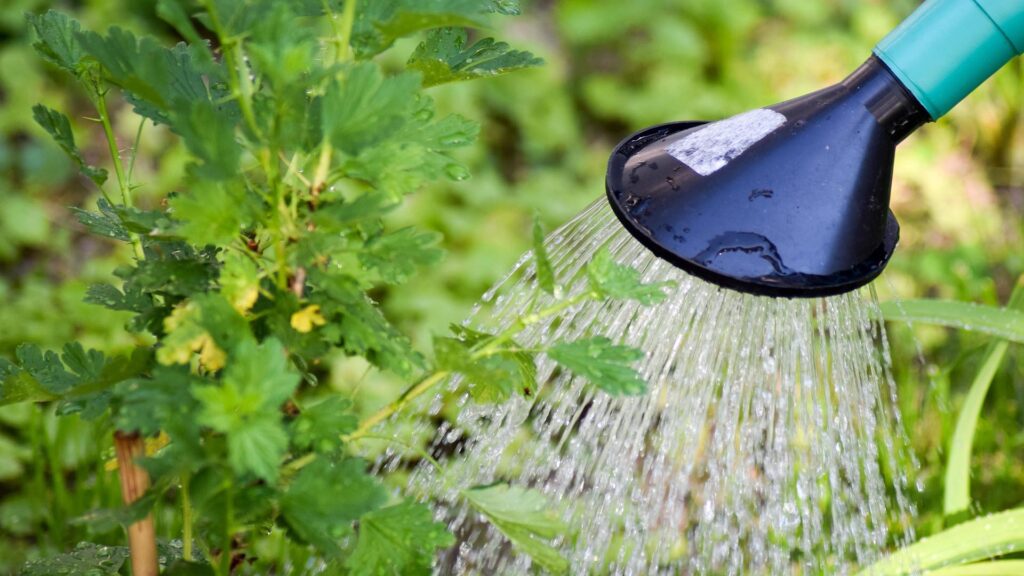
Get Drought-Ready
Now’s the perfect time to plan ahead. Stock up on water-saving tools that make a real difference, from drip irrigation systems to water butts and soil moisture sensors. Whether you’re a seasoned gardener or just starting out, the right kit can transform how you care for your plants.
Browse our range of watering equipment online or visit your local Hillier Garden Centre for expert advice tailored to your garden’s needs. Our team is here to help you make smart, sustainable choices.



